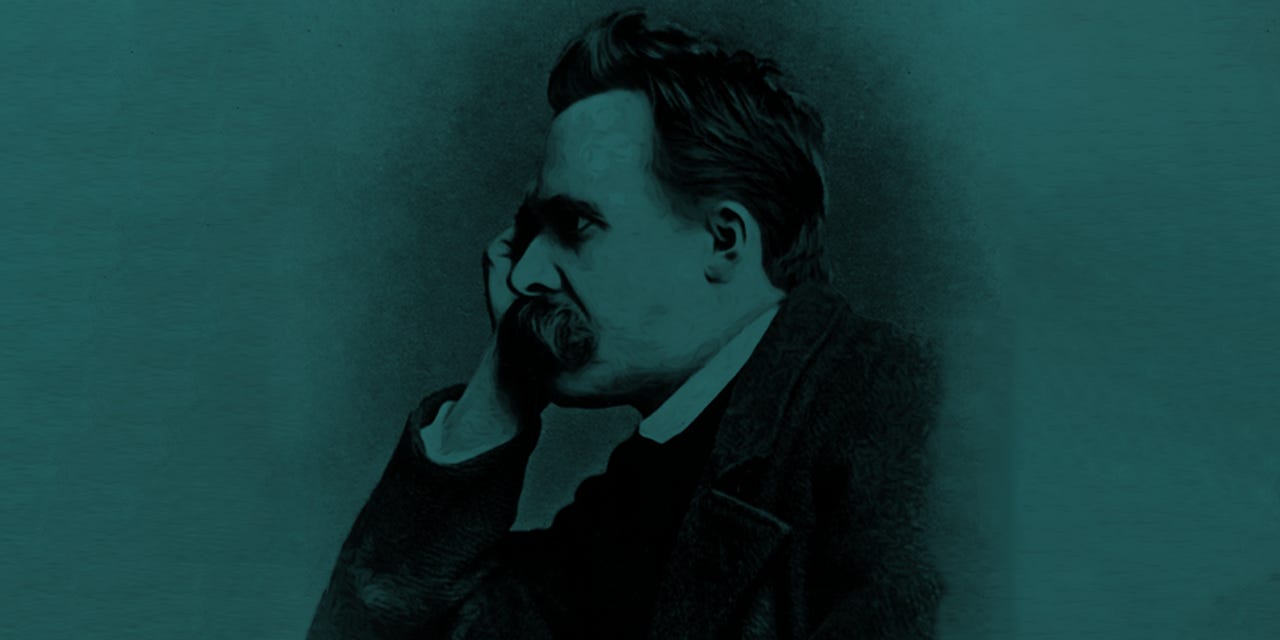
In §27 of his masterpiece Beyond Good and Evil, Nietzsche delivers one of his trademark throwaway insights that keeps on giving. He discriminates between three types of writers based on their tempo of thinking and writing. It gives us a lens through which to view his peculiar style of philosophis…
Keep reading with a 7-day free trial
Subscribe to The Living Philosophy to keep reading this post and get 7 days of free access to the full post archives.



